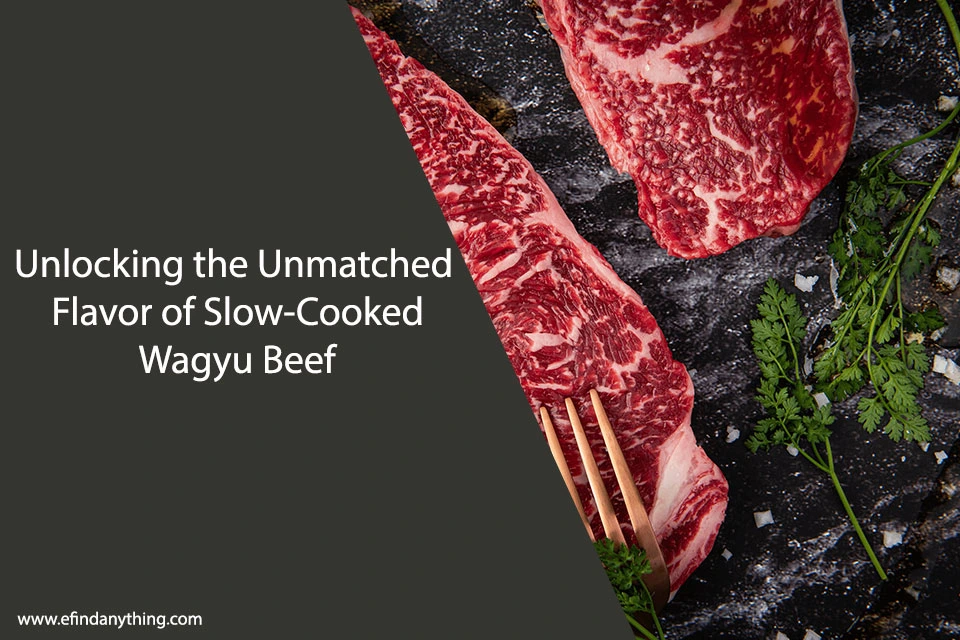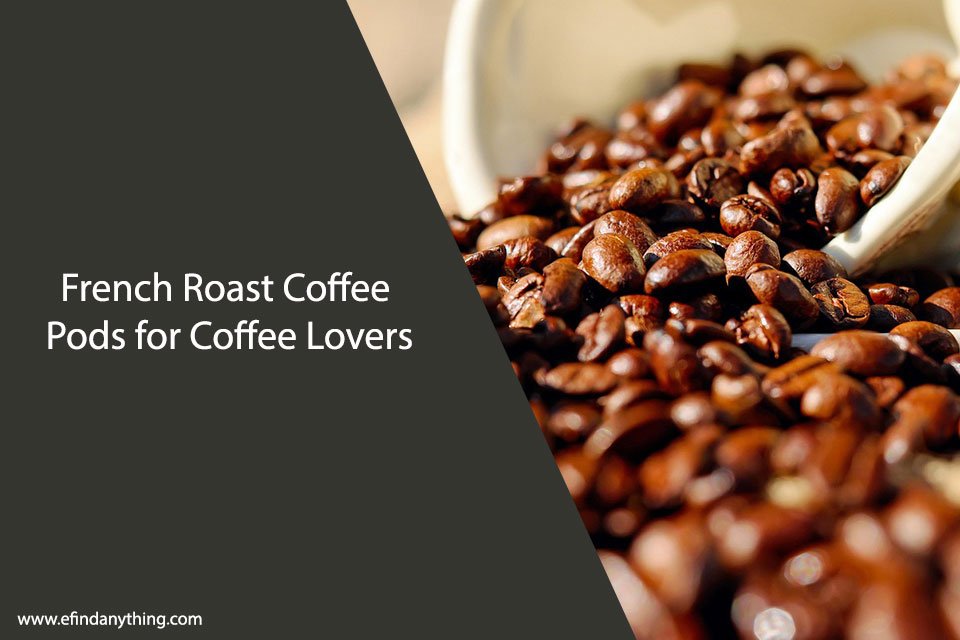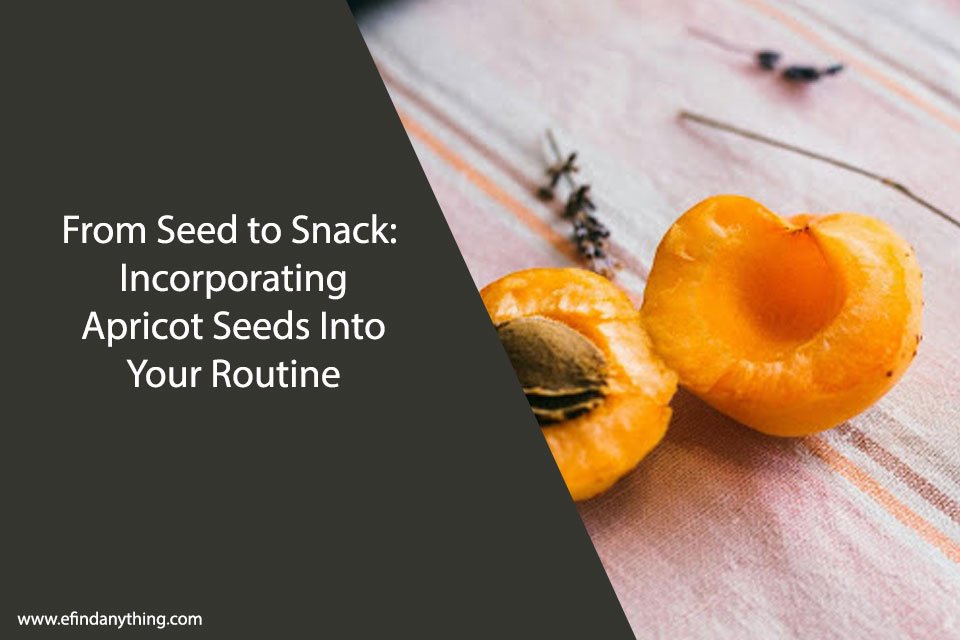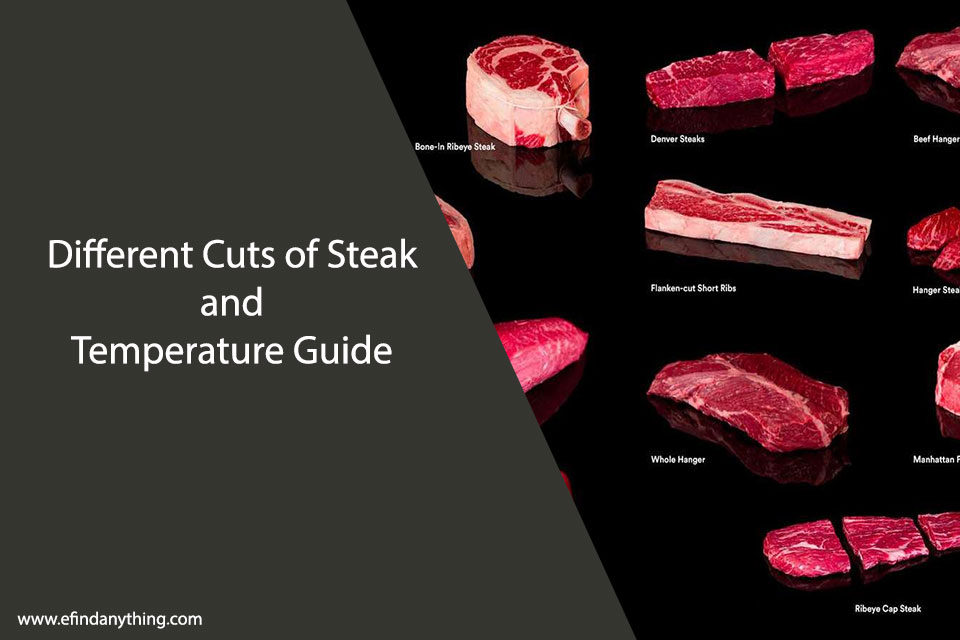
The bar industry is changing its approach to drink creation. Bars are abandoning ready-made syrups in favor of direct farm partnerships. Leading establishments worldwide are building their own greenhouses, securing exclusive contracts with farmers, and investing in equipment for processing raw ingredients.
This approach requires a fundamental overhaul of operational processes, but the results are worth it – cocktails gain depth and complexity unattainable with mass-produced semi-finished products.
The Philosophy of Seasonality in Mixology
Bartenders study plant growth cycles and work directly with farmers. This approach requires a deep understanding of agronomy and biochemistry. For example, strawberries in June contain maximum amounts of natural sugars and aromatic compounds, making them ideal for summer cocktails. Meanwhile, winter citrus fruits possess high acidity necessary for creating refreshing drinks during cold months.
Professional bartenders have learned to work with pH meters and refractometers, controlling acidity and sugar content in fresh juices. These indicators can vary significantly depending on growing conditions, harvest timing, and storage methods. Understanding these nuances allows for creating consistently quality drinks even when using natural ingredients.
Spring Palette: Nature’s Awakening in a Glass
Spring brings rhubarb, young mint, wild garlic, and asparagus into cocktails. Professional establishments actively experiment with hop shoots, dandelion leaves, birch sap, and first gooseberries. These ingredients require delicate handling and special flavor extraction techniques.
An example of a spring cocktail could be the “Spring Garden” – a combination of gin, fresh pea juice, rhubarb syrup, and birch bud tincture. Preparing such drinks requires professional bar supplies, including vegetable juicers and precision scales.
The distinctive feature of spring cocktails lies in their delicacy and multi-layered complexity. Ingredients possess subtle, often bitter notes that require masterful balancing. Bartenders use “fat washing” techniques with seed oils, creating unique textures and flavor profiles. Tinctures from young shoots are prepared at low temperatures to preserve volatile aromatic compounds.
Summer Abundance: Maximum Flavor and Aroma
Summer provides the most ingredients. Bars create gardens or secure contracts with farmers. This is the time of tomatoes, basil, peaches, apricots, berries, and an endless variety of herbs. Professional establishments invest in hydroponic systems, allowing them to grow rare varieties directly on bar premises.
A tomato cocktail from Tokyo Bar combines carrot juice with tinctures from five rare tomato varieties. Each variety is added at a specific preparation stage to create a complex flavor profile. The drink is served in special cocktail glasses with wide openings, allowing the full aromatic bouquet to unfold.
Summer mixology actively uses fermentation and lacto-fermentation. Bartenders create their own kombuchas, kefir cultures, and starters that become the foundation for unique drinks. The fermentation process of watermelon juice with thyme can last up to two weeks, but the result – complex, multi-layered flavor – justifies expectations. Controlled fermentation allows obtaining beverages with 2-4% alcohol content, opening new possibilities for low-ABV cocktails.
Autumn Depth: Concentrated Flavors
Autumn brings root vegetables, nuts, seeds, and late fruits into play. Bars purchase equipment for processing hard ingredients. This is the time of pumpkins, carrots, beets, late-variety apples, and pears. Many establishments invest in industrial juicers capable of processing root vegetables and steam-convection ovens for preliminary heat treatment.
Key autumn ingredients include:
- Roasted pumpkin of various varieties for concentrated juice extraction;
- Cold-pressed carrot juice with high carotene content;
- Nut oil and shell tinctures for adding flavor depth.
A complex autumn cocktail is “Autumn Harvest”, where carrot juice is centrifuged, then mixed with walnut shell tincture and barrel-aged gin. Service includes smoke from burning walnut shells, creating additional sensory experience and enhancing nutty notes in the drink.
Autumn ingredients require special processing techniques. Pumpkin juice is obtained through hot extraction followed by clarification through gelatin filters. Nut tinctures are prepared using ultrasonic baths, allowing maximum flavor compound extraction in minimal time. Drinks with pumpkin seed oil obtained through cold-pressing are particularly popular.
Winter Sophistication: Citrus and Spices
Winter bartenders work with citrus fruits, root vegetables, and dried spices. This is the time of grapefruits, mandarins, Meyer lemons, as well as cinnamon, cardamom, anise, and other warming spices. Winter citrus fruits contain maximum amounts of essential oils, making them especially valuable for preparing tinctures and extracts.
Bartenders actively use the “oleo saccharum” technique in winter, extracting essential oils from citrus zest using sugar. The oleo saccharum process can take 6 to 24 hours, but the result – concentrated citrus aroma without bitterness – is indispensable for creating complex cocktails. This ancient technique, known since the 17th century, is experiencing a revival in modern bars.
An innovative winter drink could be “Winter Solstice”, combining fresh pink grapefruit juice, cardamom tincture, egg white, and celery juice foam. The cocktail requires precise temperature control and is served at 4°C. A distinctive feature of winter drinks is the use of warming spices, added as distillates or high-proof alcohol tinctures.
Technological Innovations in Seasonal Mixology
Bars purchase rotary evaporators, ultrasonic baths, and liquid nitrogen. Rotary evaporators allow essence extraction at low temperatures, preserving all aromatic compounds. Ultrasonic baths accelerate infusion processes from several days to several hours, while liquid nitrogen opens new possibilities for texturizing and creating unique presentations.
Critical importance has been placed on using pH meters and refractometers to control acidity and sugar content in fresh juices. These indicators can vary significantly depending on growing conditions and ingredient ripeness.
Modern professional equipment includes:
- Specialized centrifuges for juice clarification and fraction separation;
- Controlled fermentation systems with regulated temperature and humidity;
- Sous-vide technologies for aroma extraction at precisely controlled temperatures.
Some establishments invest in reverse osmosis systems for obtaining perfectly pure water, which is especially important when working with delicate plant extracts.
Economic Aspects of Seasonal Mixology
Transitioning to seasonal ingredients changes the entire bar operation. Investments in processing equipment, staff training in new techniques, and creating supply systems from local producers are necessary. Initial costs can reach 200-300% of standard bar equipment budgets.
Key economic factors of seasonal mixology:
- Reduced transportation costs through local suppliers;
- Increased margins due to unique offerings;
- Need for constant menu updates and staff retraining.
Successful bars report 25-30% average check increases when transitioning to fully seasonal menus, compensating for increased operational expenses. However, this approach requires highly qualified staff and constant supply quality control. Risks include seasonal ingredient price fluctuations and the need to find alternative suppliers during force majeure circumstances.
The Future of Seasonal Mixology
Bars operating exclusively with ingredients within a 50-kilometer radius are emerging. Some establishments specialize in single-season drinks year-round through special preservation and cryopreservation technologies. The development of vertical farming and aeroponics allows growing rare herbs and vegetables directly in urban conditions.
New technologies include using artificial intelligence for harvest forecasting and menu planning, blockchain technologies for ingredient origin tracking, and developing biodegradable packaging materials for fresh product storage.
The movement’s philosophy remains unchanged – maximum quality, sustainability, and a unique taste experience. Seasonal mixology has established itself as the main trend in bar industry development, demonstrating that cocktails can be not just drinks, but complex sensory and intellectual experiences connecting people with natural cycles and local culture.
This approach is forming a new generation of bartenders who are simultaneously mixologists, technologists, and ecologists.










